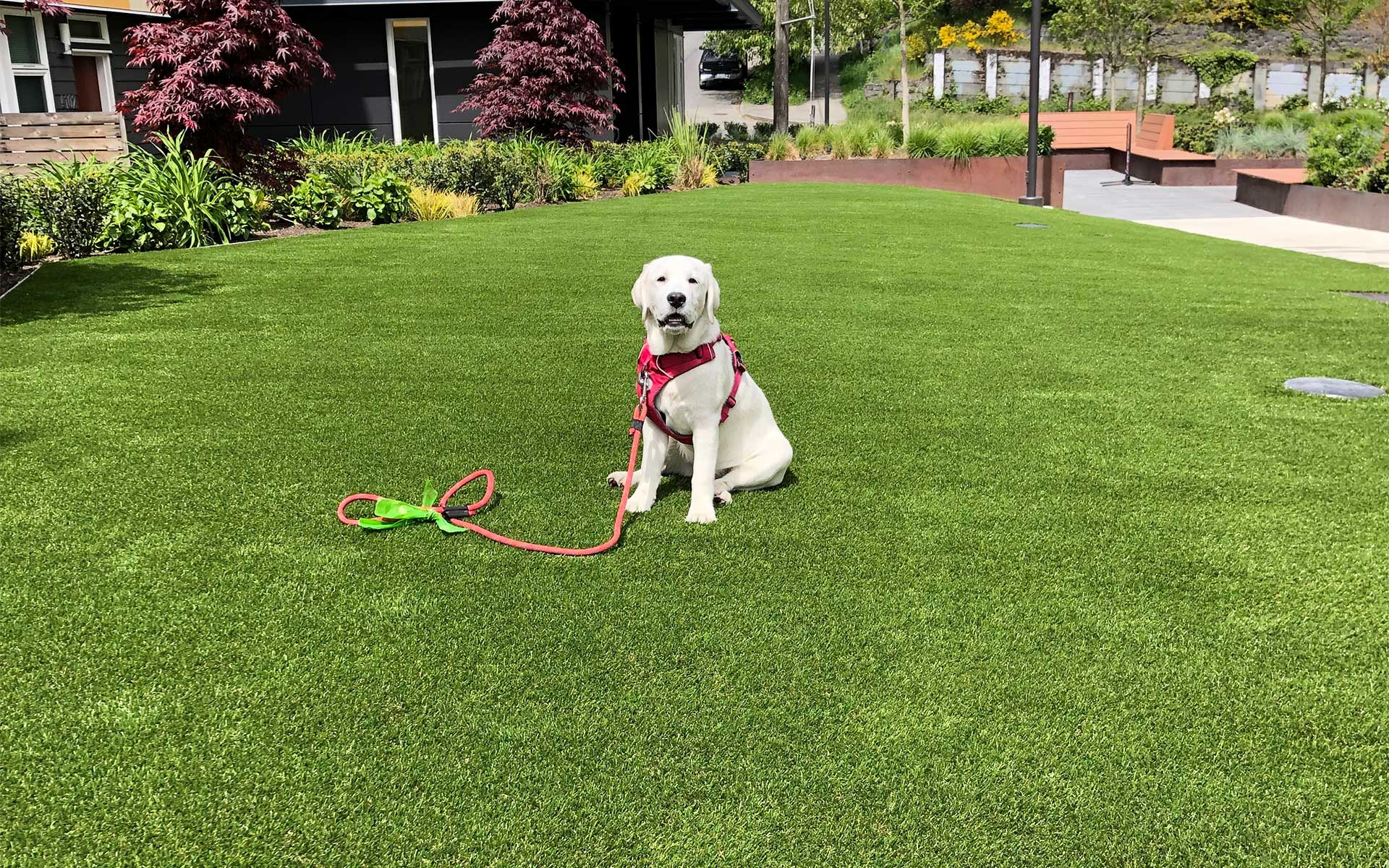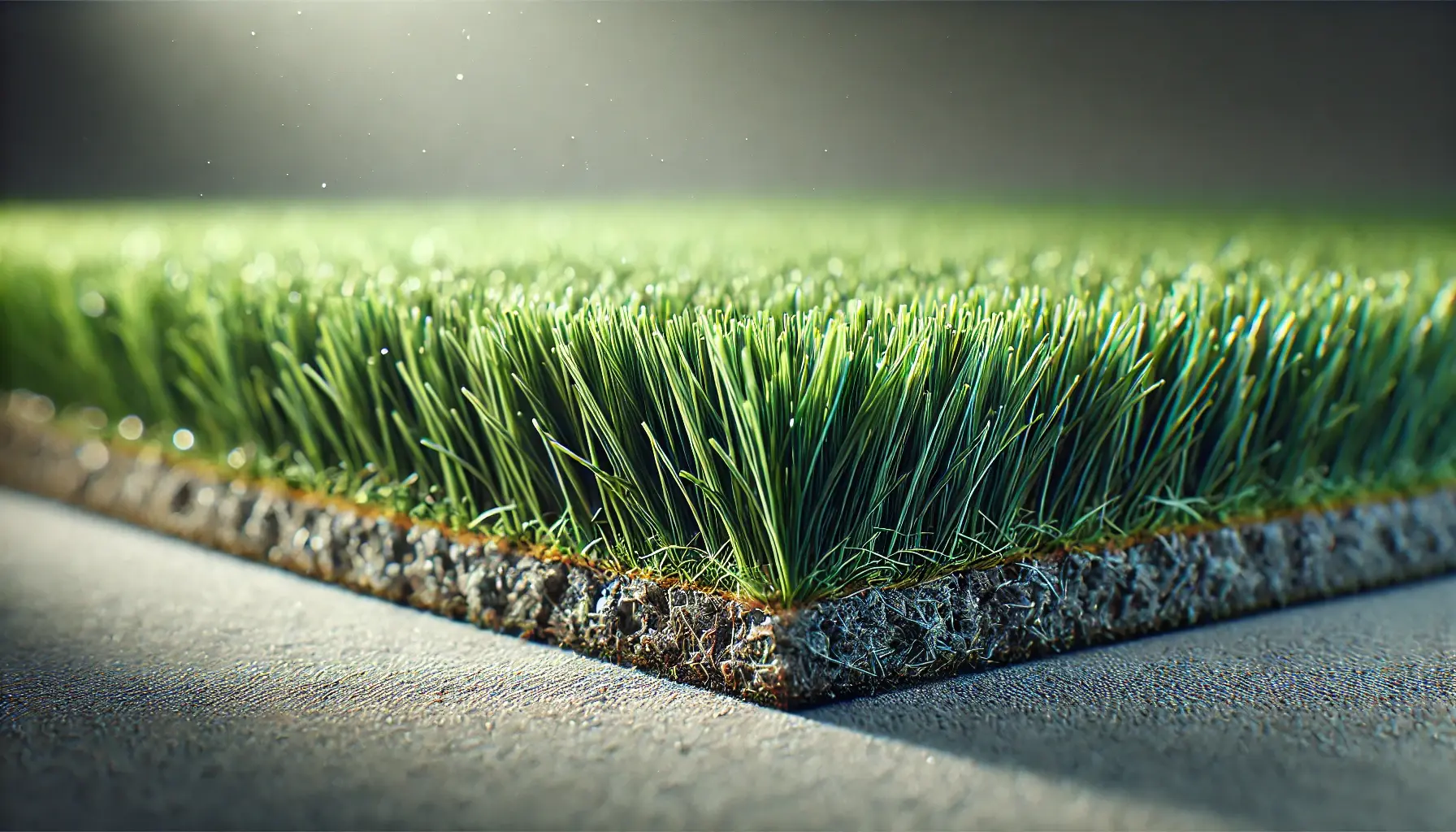Explore the Environmental Advantages of Opting for Artificial Turf Solutions
The adoption of fabricated lawn services offers an engaging possibility to address pressing ecological obstacles. By significantly decreasing water usage and lessening the application of damaging chemicals, these choices not only advertise lasting landscaping yet likewise shield regional ecosystems. The lower carbon impact associated with lowered upkeep activities adds to a much more lasting method to land monitoring. However, the ramifications of these benefits prolong past plain preservation initiatives, increasing inquiries about their long-lasting influence on habitat preservation and general ecological equilibrium. Exploring these measurements discloses a complicated interplay worth considering.
Water Preservation Advantages
Among the most considerable benefits of synthetic turf is its ability to conserve water. Traditional turf lawns need considerable irrigation, specifically in areas vulnerable to dry spell or water limitations. On the other hand, synthetic grass does not require watering, substantially reducing the total need for water sources. This attribute is particularly beneficial in deserts where water scarcity is a pressing problem.
By removing the need for normal watering, synthetic grass contributes to sustainable landscape practices and aids minimize the environmental impact of too much water consumption. Moreover, the preservation of water includes the reduction of drainage, which can cause soil disintegration and waterway air pollution.
Furthermore, the installation of fabricated lawn permits districts and property owners to assign water resources a lot more efficiently, concentrating on essential uses such as alcohol consumption water and farming. The shift in the direction of fabricated grass not only promotes responsible water use but also straightens with more comprehensive ecological objectives focused on protecting natural resources.
As communities progressively prioritize sustainability, the water conservation benefits of fabricated grass present an engaging instance for its fostering in domestic and business landscaping tasks.
Decreased Chemical Usage
The transition to fabricated grass substantially lowers the reliance on chemical treatments typically utilized in natural turf upkeep. Traditional lawn monitoring generally entails the application of chemicals, plant foods, and herbicides to promote development and control insects. These chemicals can posture threats to human health, neighborhood wildlife, and the setting, adding to dirt and water contamination.
In comparison, man-made turf gets rid of the requirement for these harmful compounds. By lessening the release of artificial substances right into the ecological community, man-made lawn promotes much healthier dirt and water systems.
Additionally, the lack of chemical runoff related to synthetic grass installments assists safeguard neighborhood waterways from pollution, sustaining water life and keeping biodiversity. Arizona turf. As neighborhoods increasingly prioritize lasting practices, deciding for artificial lawn offers a practical remedy that aligns with ecological conservation goals. With this shift, property owners can take pleasure in lavish eco-friendly spaces without compromising eco-friendly health, leading the means for a more lasting future
Reduced Carbon Impact

Moreover, the installment of synthetic grass can result in considerable water conservation. Natural grass need substantial amounts of water for watering, which not only includes in the carbon footprint related to water removal and treatment however also stress regional water sources. On the other hand, synthetic grass requires very little upkeep, requiring no watering, thus dramatically lowering water usage and its connected power prices.
Additionally, the long life of synthetic grass adds to its decreased carbon effect. With a lifespan of approximately 15 years or more, the requirement for constant substitutes is lessened, causing less waste and lower energy intake in production and dealing with conventional lawn alternatives. Generally, artificial turf offers a lasting option for environmentally aware landscape design.
Habitat Preservation
Habitat conservation is a crucial factor to consider in the argument over landscape design choices, especially when comparing fabricated turf to natural turf. All-natural lawn lawns usually require extensive upkeep, consisting of the usage of chemicals, herbicides, and fertilizers, which can negatively affect local ecological communities. These chemicals can leach right into the dirt and waterways, hurting native plants and fauna and disrupting local environments.
In contrast, synthetic grass offers a chance to lower the environmental footprint of landscaping. By selecting artificial turf, house owners can decrease the interruption of all-natural habitats connected with typical grass treatment methods. Fabricated turf gets rid of the requirement for unsafe chemicals, thereby shielding neighboring wild animals and keeping the honesty of surrounding ecosystems. The installment of man-made turf my latest blog post can lead to the conversion of previous lawn areas into more biodiverse landscapes, such as pollinator yards or native plant areas, which can sustain local wildlife.
Inevitably, the shift to synthetic grass not only preserves water and reduces upkeep initiatives yet likewise promotes a more harmonious partnership in between human activities and the native environment, advertising habitat preservation at the same time.
Long-Term Sustainability
Lasting sustainability is an essential factor in evaluating the benefits of synthetic grass over traditional yard yards. One of the most substantial advantages of synthetic grass is its resilience; it can last up to 15-20 years with marginal upkeep, whereas natural turf requires frequent reseeding and substitute. This long life decreases the need for continuous resources, such as water, fertilizers, and chemicals, which are essential for maintaining a healthy grass yard.
Furthermore, fabricated lawn adds to a reduction in carbon emissions related to grass care equipment. Traditional grass frequently call for gas-powered lawn mowers, leaners, and blowers, all of which add to air pollution. Artificial turf companies phoenix. In contrast, synthetic grass removes the need for such equipment, advertising a cleaner setting
Furthermore, the manufacturing of synthetic grass significantly utilizes recycled products, boosting its sustainability profile. As makers adopt green practices, the ecological impact of man-made turf remains to diminish.

Conclusion
The adoption of synthetic turf remedies provides significant environmental benefits, consisting of considerable water conservation, reduced dependence on hazardous chemicals, and a reduced carbon impact. In addition, artificial lawn aids in protecting all-natural habitats by minimizing land disruption and promoting long-term sustainability through making use of sturdy materials. Jointly, these aspects highlight the possibility of man-made lawn to contribute positively to ecological health and provide a sensible alternative to standard landscape design practices in an increasingly resource-conscious globe.
In comparison, fabricated grass does not need watering, significantly minimizing the total demand for water sources. By minimizing the launch of synthetic substances into the ecological community, synthetic lawn advertises much healthier soil and water systems.
Furthermore, the installment of synthetic lawn can result in significant water preservation. In comparison, synthetic turf needs this hyperlink marginal maintenance, needing no watering, consequently considerably reducing water use and its connected energy costs.
